Born in Chicago and raised in White Plains, New York, Alison Lurie won the Pulitzer Prize for Fiction in 1984, for her novel Foreign Affairs. The book was far from her first publication, and equally far from her last. Though Lurie was best known for her many novels, which employed a satirical edge that was “often eviscerating,” according to literary critic John W. Aldridge, she also wrote and edited several works of nonfiction and children’s literature.
She received honorary degrees from Oxford and the University of Nottingham and was named professor emeritus of American Literature at Cornell after she retired from teaching there. The Guardian categorized her novels as “witty and astute comedies of manners,” and they won her countless fans and numerous accolades.
She was, at various times, a fellow of the Yaddo Foundation, the Guggenheim Foundation, and the Rockefeller Foundation, as well as a member of the American Academy of Arts and Letters and the New York State Author from 2012 through 2014.
With more than 20 books to her name, even readers who are familiar with some of Alison Lurie’s most famous novels are likely to find a new favorite among these 11 works, while new fans will find in them the perfect place to start with this uniquely American literary treasure.
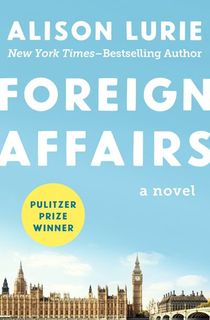
Foreign Affairs
Winner of the Pulitzer Prize, Lurie’s best-known novel is undoubtedly this tale of two unlikely romances experienced by two different professors from Corinth University, on two separate research trips to London.
One is unmarried, 54-year-old Vinnie Miner, who falls in with a garrulous sanitary engineer from Tulsa, Oklahoma. The other is Vinnie’s married colleague, a young man whose relationship seems to be on the rocks when he enters the thrall of lovely TV actress Rosemary Radley.
As their two flings transform their lives and threaten to overlap in unexpected ways, readers are treated to a spellbinding experience from “one of this country’s most able and witty novelists” (The New York Times).
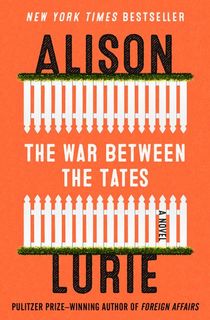
The War Between the Tates
A decade before her Pulitzer Prize-winning novel, Alison Lurie had penned one of her other best-known books while still working as a part-time adjunct teaching English at Cornell University.
Here, the same fictional Corinth University which would serve as the nexus of several of her novels was just taking shape, and she commented on many of the upheavals that universities were experiencing in the 1960s, including student unrest, sexual liberation, and feminism, as a married academic couple becomes caught up in a protest among the female population of Corinth University in this “near perfect comedy of manners” (The New York Times).
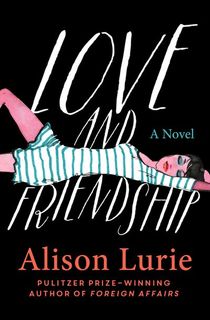
Love and Friendship
Alison Lurie’s sharp and satirical debut was this 1962 novel about a young university wife whose professor husband is the latest in a long line of men in her life to be involved in Convers College. Her father and uncles all went there, and she’s eager to see what all the fuss is about when she and her new husband move to campus.
However, that first winter, she finds her marriage in trouble, and herself looking for new diversions in unlikely places on campus. “Emmy may not be paying tuition,” as the back of the book proclaims, “but in her first Convers winter she will learn more than she ever expected.”
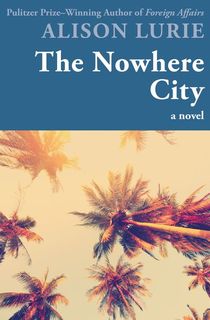
The Nowhere City
Lurie herself divided much of her time between London, Ithaca, and Key West. In her second novel, she writes “coolly and wickedly” (The New Yorker) of a Harvard University couple who find themselves unexpectedly thrust into the very different world of Los Angeles – where they may end up finding themselves in more ways than one.
Though written early in Lurie’s career, the result is nonetheless a novel of “rare understanding” (The New York Times).

Imaginary Friends
Most of Alison Lurie’s novels deal with academics becoming involved in sticky romantic entanglements, but that doesn’t mean that she doesn’t occasionally entertain some more… out of this world plots. In this 1967 novel, she introduces readers to esteemed sociologist Tom McMann, who is looking for a suitably sensational topic to rekindle his fading career.
He thinks he’s found it in the Truth Seekers, a UFO cult led by a charismatic and self-proclaimed telepath who claims to have a hotline to the stars. When he and his young colleague join the cult to try to get the inside scoop, they quickly discover that they may have gotten in deeper than they expected in this “barbed and richly entertaining” book (The Wall Street Journal).

Only Children
Set during the Great Depression, this celebrated novel from Alison Lurie, her only one published between The War Between the Tates and Foreign Affairs, juxtaposes the innocence and imagination of childhood against the pleasures and pains of adult life, as two young girls play in the attic of an upstate farmhouse while below their families struggle with the challenges of the times and an affair that threatens to tear them apart.
Lurie was a scholar of children’s literature, who wrote extensively on the subject, and brings her expertise in children’s stories and children’s play to bear in this acclaimed account of childhood, adulthood, and the perilous space in-between.
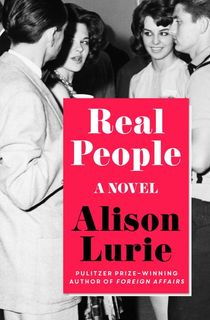
Real People
This 1969 novel takes aim at that most chimerical of institutions – the artist’s colony. In this case, the colony is in a mansion called Illyria. It is here that Janet Belle Smith comes to write in seclusion, away from her husband and family and surrounded by similarly artistic souls.
However, Illyria may not be the paradise that she imagines, and the version of herself that she finds there may not be the one she expected in this “witty, knowing, and perceptive” novel (The New Yorker) that “goes down pleasantly, like a glass of lemonade” (The New York Times).
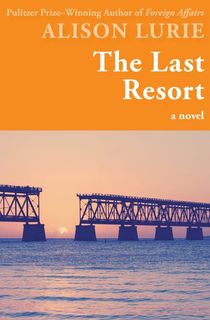
The Last Resort
Published in 1998, when the author herself was 72, its hard to look at this tale of a celebrated but aging writer who plans to end his life in Key West and not see something of autobiography.
Of course, from the pen of Alison Lurie, the result is neither maudlin nor dreary but rather a “sparkling, smart” and “highly volatile” novel (The New York Times) from a woman who knows how to make us laugh even as she makes us think.
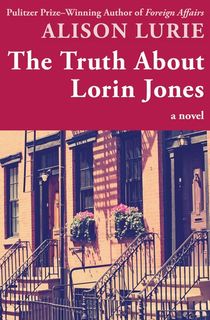
The Truth About Lorin Jones
This daring and “relentless” comedy (The New York Times) follows a divorced museum employee who takes a year off to write a biography of a neglected female artist from decades prior.
Only, as she digs deeper into her subject, she finds that the truth about Lorin Jones may not be as tidy as she had hoped, and may not fit the themes she initially set out to explore in this rollicking tale from the Pulitzer Prize-winning author.
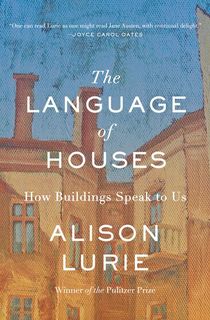
The Language of Houses
A companion piece to Lurie’s 1981 nonfiction classic The Language of Clothes, this “breezy” and unforgettable volume (The Washington Post) takes the same celebrated approach to architecture that the author had previously applied to fashion and costuming.
Filled with literary allusions and illuminated by quotations from experts in the field, this exploration of how people shape architecture, and how architecture shapes people, is a must-read entry point to the author’s extensive and accessible nonfiction oeuvre.
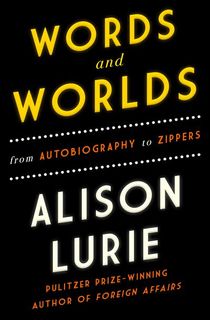
Words and Worlds
Alongside her many acclaimed novels, this “able and witty” (The New York Times) writer penned numerous nonfiction books.
One of the last was this 2019 collection of essays, published just a year before her death, which chronicles her life as an author, her many esteemed friends and colleagues, and her various preoccupations and obsessions, from essays about zippers to eulogies for the likes of Edward Gorey and poet James Merrill.
